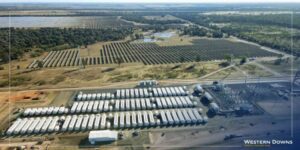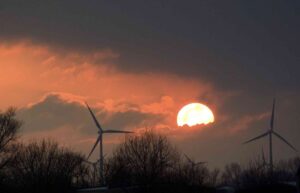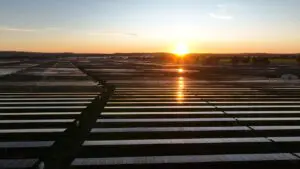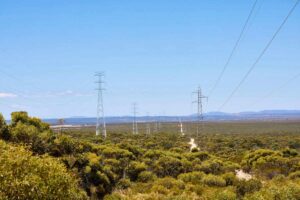South Australia is rapidly emerging as the leading state in battery storage, with the Labor government announcing a $1.1 million tender to install battery storage in several key government buildings, including parliament house and its flagship arts buildings in the North Terrace precinct.
In what is being billed as a first in Australia for a state government, tenders are being called for battery storage to be installed in up to nine government buildings that already have solar arrays, including Parliament House, the Art Gallery of South Australia, the state museum, the state library, a railway station and various schools.
The initiative follows that of the City of Adelaide last week, which became the first in local government group Australia to offer financial incentives to households and businesses to install battery storage systems. It will offer an incentive of up to $5,000 to homes, schools, businesses and community organisations to install battery storage.
Energy Minister Tom Koutsantonis says the battery storage initiative is linked with plans to make Adelaide the world’s “first” carbon neutral city, in an initiative that will include a “Green Zone” where electric and hybrid vehicles, along with driverless cars, will be the preferred form of transport and petrol cars restricted.
“Battery energy storage is an emerging global market, and storage systems offer particular benefits when combined with solar photovoltaics allowing for solar generation to be better matched to the building’s energy demands,” he said in a statement.
“With a high uptake of renewables in South Australia, including rooftop solar, South Australia is well positioned to be a strong ‘early market’ for battery storage systems.”
South Australia currently sources around 7 per cent of its energy demand from rooftop solar, and overall nearly 40 per cent from the combination of large-scale wind and small-scale solar.
The state is also looking to build Australia’s, and quite possibly the world’s, largest non-hydro energy storage installation at one of three locations to balance the output of its variable renewable sources. Within a decade, for instance, the state is forecast enough energy just from rooftop solar to meet its total grid demand on some days.
Hence the need for battery storage. Koutsantonis notes that the state government owns 150 buildings in the Adelaide CBD, many of these already with rooftop solar, and battery storage could help meet their demand profiles and cut energy costs.
He said the North Terrace arts precinct sites offered a great opportunity to publicly showcase battery storage technology, and the public schools in the city could also show the community how solar photovoltaics and battery storage technologies can be combined to provide energy-smart solutions in smaller buildings.
The tender documents also note that the chosen buildings had attractive consumption profiles (including after-hours usage) to offer potential cost savings opportunities from battery storage.
The tender also calls for applicants to identify and prioritise any other SA government-owned sites in the Adelaide City Council area, with installed solar PV, that could offer attractive locations to reduce energy costs by installation of battery storage systems.
The sites identified in the first round have solar systems ranging from 20kW – 30kW on parliament house and the three major arts building, 21kW on the Adelaide railway station, and arrays of 2.3kW to 15kW on various schools. (This list below does not include Sturt Street Community School with a 4.5kW solar array.










